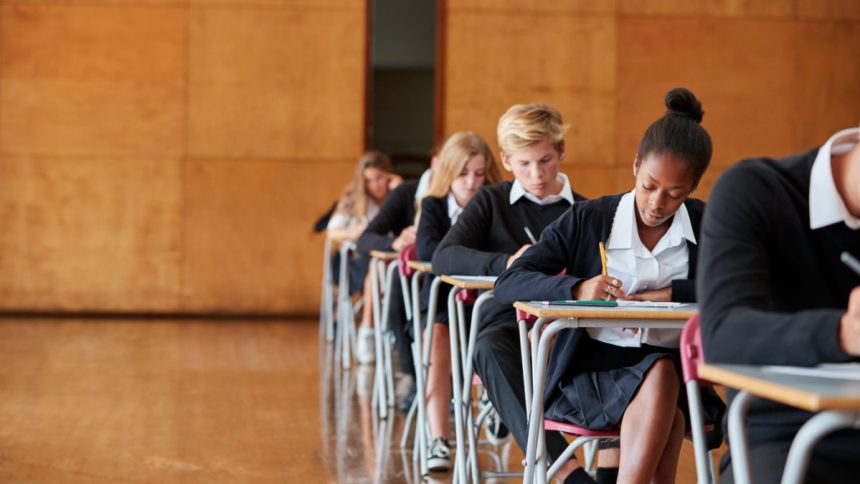A new report from the Australia Institute’s Centre for Future Work is calling for increased investment in public school funding to lift falling school completion rates and re-ignite economic growth.
The Case for Investing in Public Schools: The Economic and Social Benefits of Public Schooling in Australia reveals that inadequate levels of funding for public schools prevent students from reaching their full potential. It is also, the report states, depriving Australia of the significant benefits that high levels of school completion bring to the broader community.
Achieving the School Resource Standard is essential
The report simulates both short-run and long-run economic benefits that would flow from the 15 per cent increase in public school funding required to meet the minimum resource benchmarks established through the Schooling Resource Standard (SRS).
Key findings from the report state that:
· Inadequate funding is linked to falling school completion rates and declining relative performance in international achievement. Students from relatively disadvantaged socio-economic, regional, and Indigenous backgrounds are most likely to be affected.
· Additional funding of $6.6 billion per year is needed for public schools to meet the SRS commitments adopted by federal and state governments a decade ago, a 15 per cent increase in total public school funding.
· With additional resources, the decline in high school completion rates that has occurred since 2017 could be repaired under a modest estimate, and further gains in completion (in line with historical trends) attained under an optimistic estimate.
· The enhanced funding and resulting improvements in school completion could lead to employment, economic activity, productivity gains, and social savings equal to $17.8 billion and $24.7 billion annually (in 2022 terms) after two decades.
· These economic benefits are two to four times greater than the additional yearly cost required to fully meet the SRS for public schools.
· Fiscal improvements resulting from these economic gains, such as increased tax revenues and reduced social expenditures, would eventually offset the incremental resources needed for full SRS funding.
Improved public school funding is investment in future opportunities
Co-author of the report (with Eliza Littleton and Fiona Macdonald), Dr Jim Stanford, is Director of the Centre for Future Work.
“Australia’s economic success relies heavily on the potential of our young minds,” he said. “Public schools play a critical role in ensuring that students have access to an education that provides them with choice and opportunity throughout their lives – regardless of their postcode or economic and family circumstances. With stronger school completion and academic achievement, our communities thrive and our nation benefits from increased economic activity, productivity and earnings.”
The total economic benefits that adequate public school resourcing would make possible, Dr Stanford said, “would be two to four times larger than the cost of meeting SRS funding standards” – fiscal gains he said that will offset the cost of improved public school funding to governments.
“Every dollar invested in public education translates into a stronger, more cohesive, and prosperous society,” he said. “Let’s not rob our students, and our nation, of this opportunity.”








